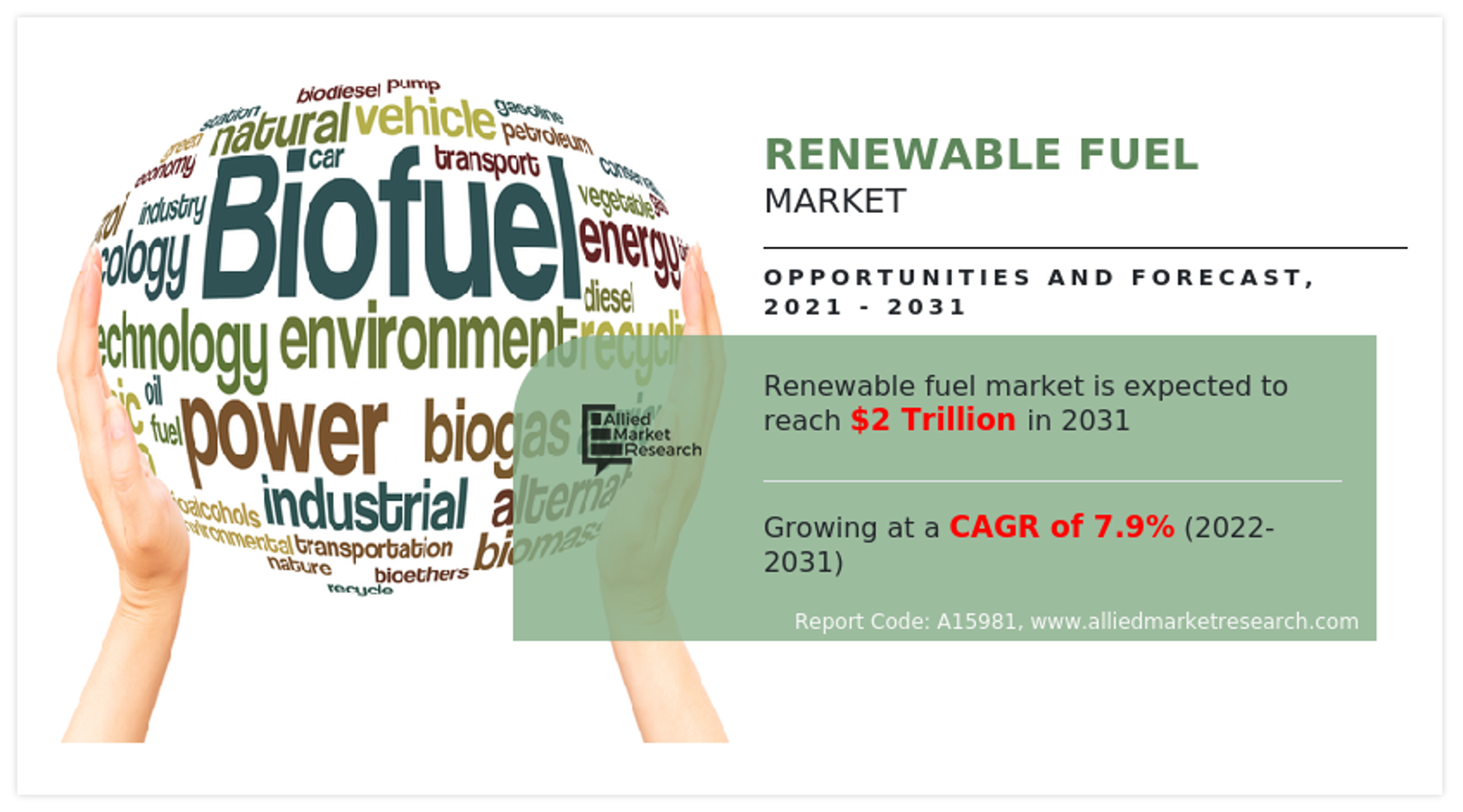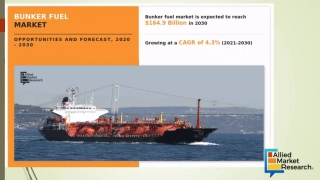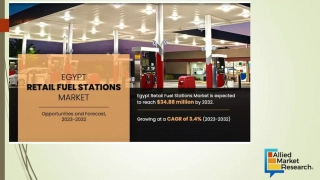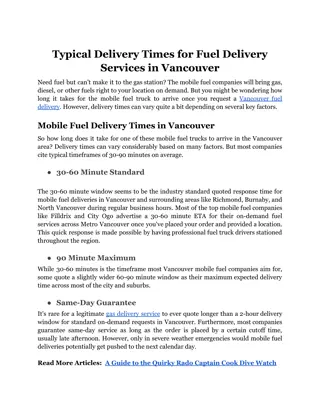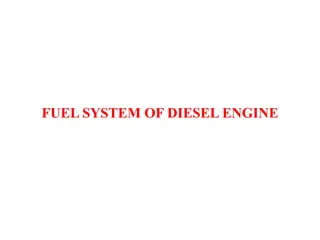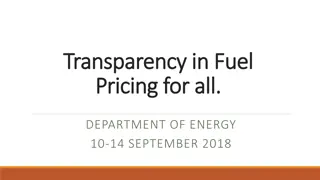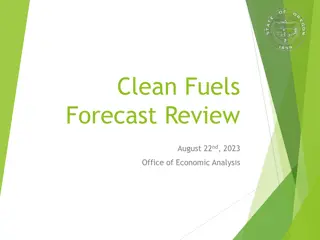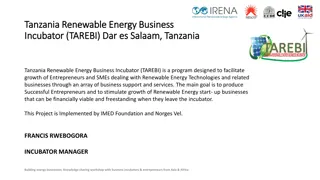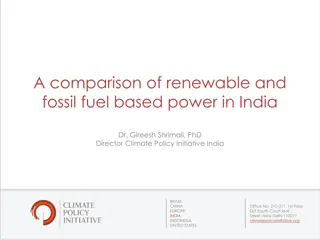Renewable Fuel Market
The global renewable fuel market size was valued at $1.0 trillion in 2021, and is projected to reach $2.0 trillion by 2031, growing at a CAGR of 7.9% from 2022 to 2031.
Uploaded on Jan 30, 2024 | 16 Views
Download Presentation

Please find below an Image/Link to download the presentation.
The content on the website is provided AS IS for your information and personal use only. It may not be sold, licensed, or shared on other websites without obtaining consent from the author. Download presentation by click this link. If you encounter any issues during the download, it is possible that the publisher has removed the file from their server.
E N D
Presentation Transcript
Introduction The renewable fuel market was valued at $1.0 trillion in 2021, and is projected to reach $2.0 trillion by 2031, growing at a CAGR of 7.9% from 2022 to 2031. Renewable fuels are generated through renewable sources such as feedstock, solar, hydropower, and geothermal ways of producing energy. They are termed renewable owing to the fact that they are available in huge amounts and can be harnessed infinitely. The renewable fuel market is gaining momentum owing to several joint as well as individual initiatives from government and private players. The Paris agreement and net zero target pledges have played a big role in the energy shift occurring worldwide. Renewable fuel market demand secure and sustainable fuel is expected to increase the demand for biofuels across the globe. Several government support programs for eco-alternatives of fuel and consumption of biofuel are expected to grow at significant levels over the next few decades. Download PDF Sample
Renewable fuel industry growth was driven by a tax incentive available to gasoline marketers, fueling the use of ethanol as a gas extender and octane enhancer, largely by independent marketers looking for a competitive edge against the major oil companies. Beginning with the Clean Air Act Amendments of 1990, however, renewable fuel policy was redirected to meet air quality policy goals. Initially, that meant reducing exhaust emissions of carbon. Later, with the passage of the Energy Policy Act of 2005, ethanol and other renewable fuels were called upon to address global climate change by, for the first time, requiring carbon-reducing renewable fuels to be used. While other renewable energy sources, such as wind and solar energy, are not practical for many types of transportation, renewable fuels are. Hydrogen fuel cell vehicles, airplanes powered by biomass-based sustainable aviation fuels, and biodiesel-powered buses are just a few examples of how sustainable fuels have already affected the transportation industry. Download PDF Sample
Key findings of the study Wind source is projected to grow at the highest CAGR of approximately 8.3%, in terms of revenue, during the renewable fuel market forecast period. The Asia-Pacific region dominated the renewable fuel market share by over 44.0% in 2021. Download PDF Sample
The key players profiled in the report include: lean Energy Fuels Cosan SA Exxon Mobil Corporation My Eco Energy Neste Renewable Energy Group Shell plc Suncor Energy Inc. Total Energies Valero Energy Corporation Download PDF Sample
Thank You! For More Details Visit us at https://www.alliedmarketresearch.com






